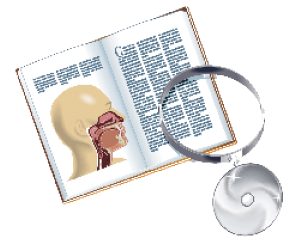 Background
Background
Self-reported snoring has long been associated with cardiovascular disease. Prevailing explanations assumed that snoring was a marker for unmeasured obstructive sleep apnea (OSA), which often is associated with intermittent hypoxia, sleep fragmentation, hypercapnia, and large negative intrathoracic pressure fluctuations, all of which may increase the risk of cardiovascular disease through sympathetic activation, inflammation and endothelial dysfunction. Snoring without OSA has been relegated to status as a social nuisance without health implications; however, recent studies suggest that snoring without OSA may contribute independently to cardiovascular disease and mortality. Our objective is to examine the potential health risks of snoring without OSA.
Explore This Issue
September 2013Best Practice
Snoring without OSA has long been considered a social nuisance without health implications, but there is now evidence that snoring may have important adverse health consequences. Support for this provocative concept comes from the studies with objective snoring measures, the doseresponse relationship and animal studies outlining a potential mechanism. The primary studies showing no association are limited by their use of subjective snoring reporting. The relationship between snoring and severe carotid vascular disease is also unclear. Further research is required and should include objective measurements of snoring, and should determine the most important and relevant measures, such as snoring intensity, sound frequency or frequency of occurrence. Prior to altering the clinical practice and treatment of snoring, further studies are needed to examine the consequences of snoring without OSA and snoring treatment outcomes. Read the full article in The Laryngoscope.
Leave a Reply